The U.S. Department of Veterans Affairs (VA) has recently posted an Expression of Interest (EOI) for a historic reuse opportunity at the former Butler VA Hospital in Butler Township, Butler County.
The VA reached out to PA SHPO for assistance in sharing this opportunity with the development community. If you are a developer, read on. If you work with a developer or know a developer, share this post! Expressions of Interest are due August 30, 2025.
About the Butler VA Hospital
The Butler VA Hospital (2004RE06024) was originally built in 1940 as the Western Pennsylvania Tuberculosis Sanitorium. In 1937, the Commonwealth of Pennsylvania announced that a new facility to care for tuberculosis (TB) patients would be built in western Pennsylvania and a 100-acre area northwest of the City of Butler in Butler County was selected as the site. Pittsburgh architect Edward B. Lee designed the sanatorium, which included one large main building (with a wing to accommodate children), separate quarters for nurses and employees, a laundry, garage, and various other support buildings.
Because of state budget deficits and disagreements over the need for the facility, the sanitorium was never occupied. After two years, in December 1942, the commonwealth leased the Western Pennsylvania Tuberculosis Sanitorium to the U.S. Army. The unoccupied Western Pennsylvania Tuberculosis Sanitorium was a perfect fit for the Army’s needs. The campus was renamed the Deshon General Hospital.

Early 1940s postcard of the Butler VA Hospital as the Army’s Deshon General Hospital. Source: PA State Archives.
The Army operated Deshon General Hospital for four years and were preparing to decommission it following the end of World War II. At the same time the Army was interested in decommissioning Deshon, the VA was exploring options to better serve western Pennsylvania’s veterans.
In May 1946, Deshon was transferred to the VA and the name changed to Butler Veterans Administration Hospital. With Butler, the VA acquired an existing facility that was only six years old, designed specifically for the care of tuberculosis patients—a critical need for the VA at the time. The VA elected to retain the existing buildings, both from the tuberculosis sanatorium and Army general hospital eras.
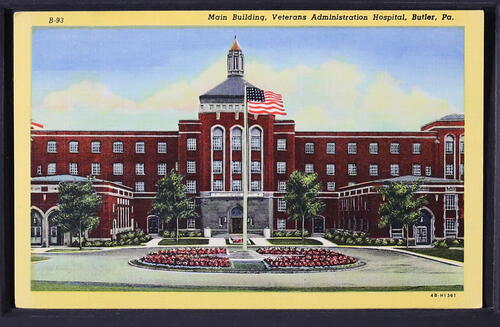
Mid-20th century postcard of the Main Building at the Butler VA Hospital. Source: PA State Archives.
Butler VA Hospital was up and running by July 1, 1946, and by 1948, the Butler VA Hospital operated with 521 beds for TB patients, and 443 for general medical and surgical patients. In 1952, the VA formally converted the hospital to a TB hospital, returning to the campus’ original intended use. Throughout the late 1940s and 1950s, as part of the VA’s TB research program, researchers and doctors at Butler conducted tests of new drugs for strains of TB that were resistant to streptomycin and as well as the efficacy of drugs paired with streptomycin. In the 1960s, the VA’s healthcare transitioned away from TB treatment at Butler.
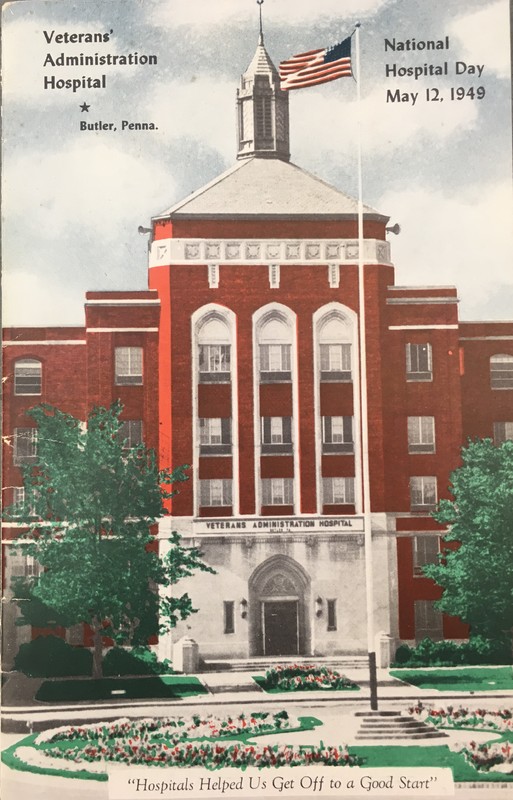
VA brochure for National Hospitals Day in 1949 with the Veterans’ Administration Hospital in Butler on the cover. Original at the Weir Genealogy Room at Butler Area Public Library. Source: https://butlerhistorical.org/items/show/49.
Throughout the next several decades until 2017, the VA continued to operate the facility with programmatic changes to veteran care such as expanding general medical services, the introduction of a dental program, a nursing home unit, increasing rehabilitation programs and, more recently, an overall shift to outpatient care.
The Butler VA Hospital was listed in the National Register on May 27, 2022, for its important role in providing treatment to Pennsylvania veterans following World War II and for the design of portions of the campus. The property represents a critical point in the VA’s history, when existing facilities served temporary stop gap measures to meet increasing needs.
A copy of the National Register Nomination is available here through PA-SHARE SearchLite.
Reuse Opportunity
The VA is seeking expressions of interest from qualified developers for purposes of redeveloping the underutilized and vacant Building 1 at the Department of Veterans Affairs Butler Healthcare Facility for future business opportunities that will contribute to the local economy. Building-1 is the original main building of the former Butler VA Hospital campus at 325 New Castle Road, Butler, PA 16001.
- Building 1, main facade, 2025. Image provided by US Department of Veterans Affairs.
- Building 1, main facade, 2025. Image provided by US Department of Veterans Affairs.
- Building 1, main facade, wing, 2025. Image provided by US Department of Veterans Affairs.
- Building 1, main facade, wing, 2025. Image provided by US Department of Veterans Affairs.
- Building 1, original auditorium, 2025. Image provided by US Department of Veterans Affairs.
- Building 1, interior corridor, 2025. Image provided by US Department of Veterans Affairs.
The objectives of this development opportunity include but are not limited to:
- To provide an innovative solution within current authority to preserve a VA-owned, historic property.
- To enable a productive use of the property which does not involve VA capital dollars and benefits all stakeholders.
- To meet VA’s obligations under Section 110 of the National Historic Preservation Act (NHPA) to better preserve and protect the property.
- Re-purpose historic buildings for purposes of business development and community support.
Interested developers can find the Expression of Interest (EOI) opportunity at https://sam.gov/workspace/contract/opp/e34db24684b9404c83952e7f12cbfd1a/view. To find additional information about the EOI, including eligibility, requirements, and expression format, download the “Butler VA B1_Sources Sought_Final 08052025” pdf in the “Attachments” section at the bottom of the page.
____________
Editor’s note: The brief history of the Butler VA Hospital presented in this post is adapted from Caring for the Country’s Veterans: Pennsylvania’s Butler VA Hospital by April Frantz in November 2022.
Comment Policy
PHMC welcomes and encourages topic-related comments on this blog. PHMC reserves the right to remove comments that in PHMC’s discretion do not follow participation guidelines.
Commenters and Comments shall be related to the blog post topic and respectful of others who use this site.
Commenters and Comments shall not: use language that is offensive, inflammatory or provocative (this includes, but is not limited to, using profanity, obscene, or vulgar comments); disparage other commenters or people; condone illegal activity; identify the location of known or suspected archeological sites; post personal information in comments such as addresses, phone numbers, e-mail addresses or other contact details, which may relate to you or other individuals; impersonate or falsely claim to represent a person or an organization; make any commercial endorsement or promotion of any product, service or publication.
If you would like to comment on other topics not related to this blog post but related to PHMC, please fill out the PHMC Contact Us Form.

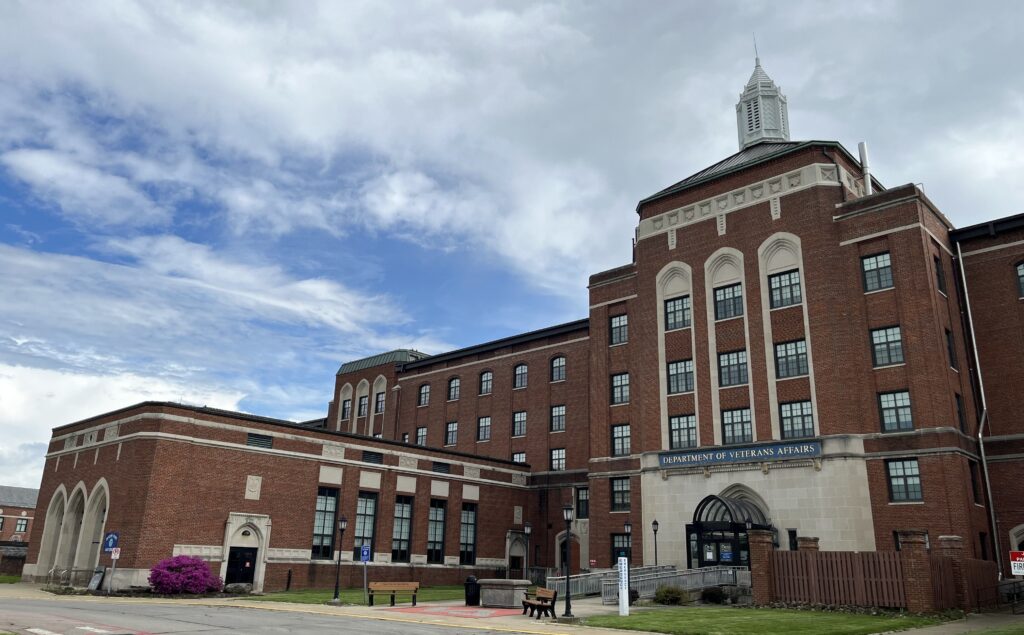
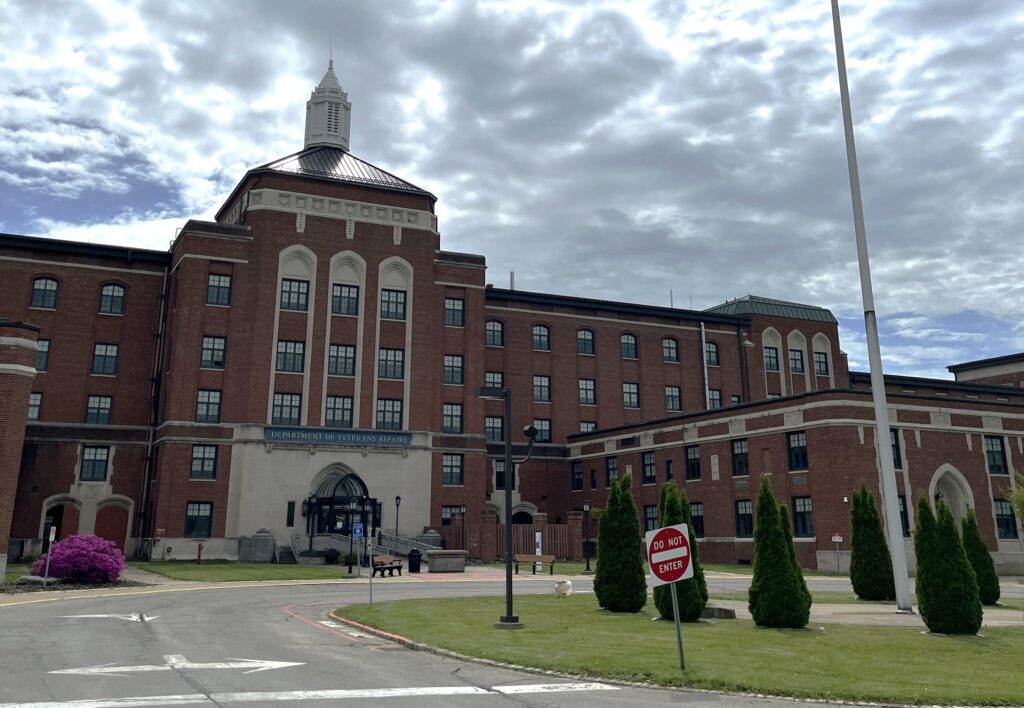
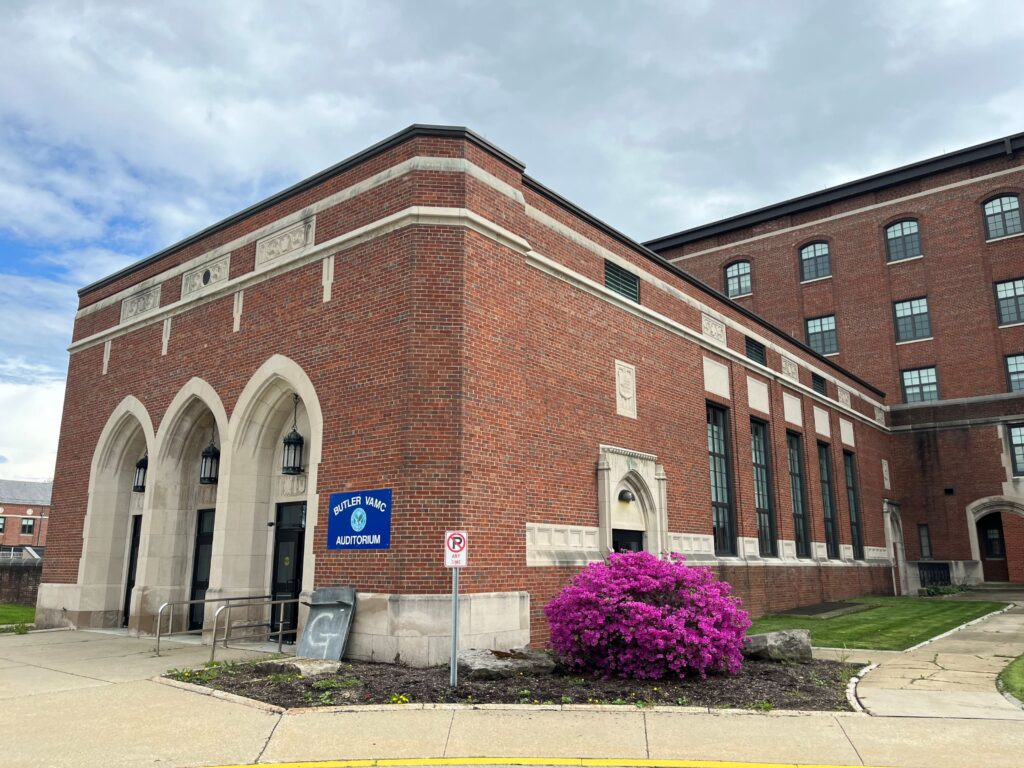
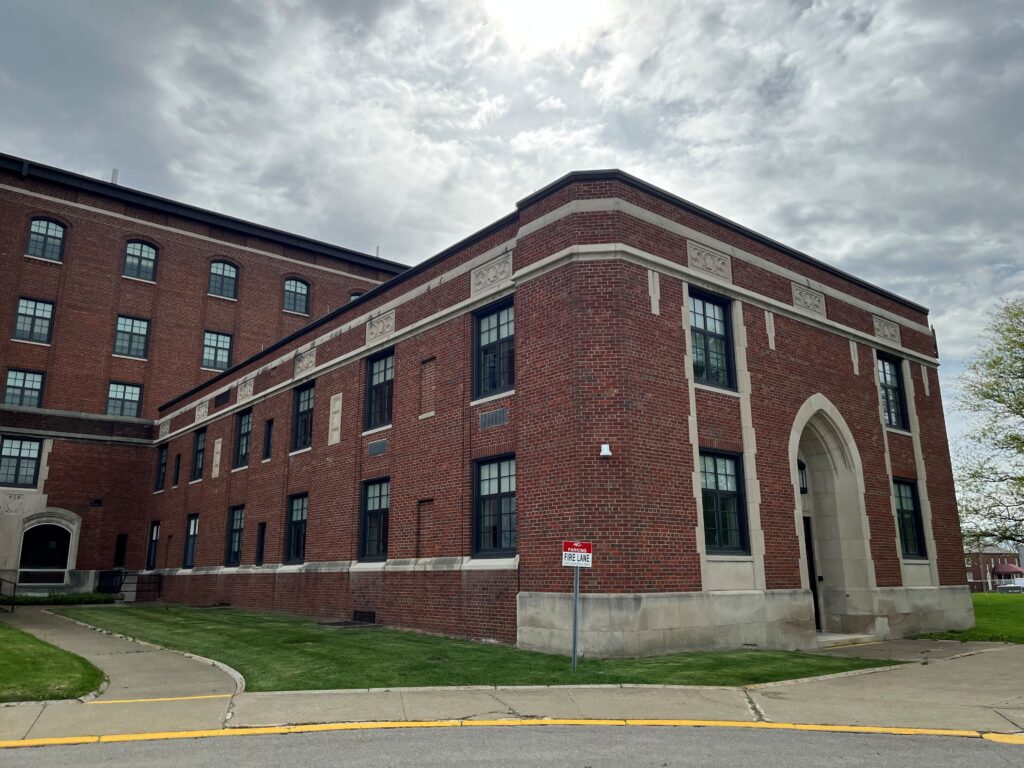


Leave a Reply